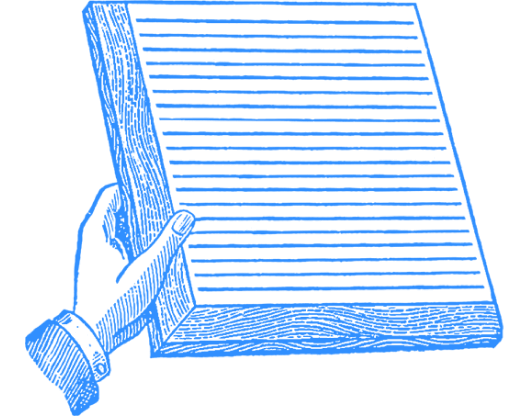
At the beginning of this year, there was great hope in some circles that Congress would enact significant health-care reform that would address the central, vexing problem of today’s arrangements, which is rapidly escalating costs. That hope has waned considerably as the Democrats controlling the process have made a series of decisions revealing that their only real ambition is to get to a signing ceremony for something called “universal coverage.”
Still, there have been some true believers in the business, health, and policy communities who have thought it better to keep their powder dry and not criticize the emerging legislation based on the hope that some level of constructive engagement might improve matters. Fat chance. The bill unveiled today by House Speaker Nancy Pelosi should put to rest for good the thought that this year’s legislative process will produce anything other than a total fiscal and health policy disaster.
To sum it up, the House bill is nothing but a massive, uncontrolled federal entitlement expansion — at a time when the central, looming threat to the nation’s long-term prosperity is the unaffordable health-care entitlements already on the federal books. To create the impression of fiscal responsibility, the bill is jury-rigged with budget gimmicks, implausible eligibility rules, and arbitrary, government-dictated price controls — that have been tried repeatedly without success — to make it look like it costs “only” $900 billion over a decade.
Let’s start with the much ballyhooed effort to bring the costs of the bill down from the $1.5 trillion budget-buster which was introduced by House leaders in July. There are two significant changes from that earlier version. First, the bill simply drops altogether the repeal of the so-called “sustainable growth rate,” or SGR, formula. The SGR, ironically, is a product of just the kind of central planning that is at the heart of Obamacare. It was designed by the Medicare bureaucracy to control costs, but all it has done is cut doctors’ fees while volume soars. The scheduled cut in 2010 is for more than 20 percent. Everyone knows it must be fixed, but the full, ten-year costs of repeal approaches $250 billion. The Democratic solution? Repeal it separately from Obamacare — and borrow more. Presto. The House bill now “costs less.” The Congressional Budget Office (CBO) projects that the Obama budget will push the nation’s debt to more than $17 trillion in 2019, up from $5.8 trillion at the end of 2008. It’s only a matter of time before that level of borrowing precipitates a crisis. The last thing our country needs is more unfinanced Medicare spending.
The second major change is a massive expansion of Medicaid, raising the upper income cutoff from 133 percent of the federal poverty line in the July bill to 150 percent in today’s version. According to CBO’s estimate of the plan released today, the total, ten-year cost of the higher Medicaid enrollment will be $425 billion. By 2019, some 50 million Americans will be enrolled in the program (and its companion program for children’s coverage), compared to 35 million under current law. Even before this massive expansion, CBO projected that the combined costs for Medicare and Medicaid would increase from 5.3 percent of GDP in 2009 to 9.7 percent in 2035. Adding more enrollment to Medicaid will only make matters much worse. Indeed, CBO acknowledges that the additional spending on Medicaid in the House bill is likely to increase at an annual rate of about 8 percent indefinitely. That’s not surprising. Medicaid spending has been escalating rapidly for nearly half a century, and the House bill does nothing to change the trajectory. It is true that Medicaid expansions appear to cost less than private insurance coverage, but that’s only because Medicaid shifts costs to private payers by underpaying doctors and hospitals.
Still, CBO’s cost estimate shows neutrality, at least on paper. How? There’s a new, nearly $500 billion income-tax increase, aimed at high-income households. Of course, many of these households own businesses, and so the Democrats are planning a heavy new tax on just the individuals who may be in a position to do some hiring in a recession.
Then there are the payment-rate reductions in Medicare and Medicaid, totaling more than $400 billion over a decade. The president and many other Democrats have claimed for months that they were going to make health-care delivery more efficient, thus painlessly finding new money to pay for more coverage. Nothing of the kind is in the House bill. Instead, there are scores of provisions that are essentially more of the same price-setting payment regulations that have failed so miserably in the past. They get scored by CBO, but that doesn’t mean they will happen. In fact, they have been tried countless times over the past quarter century, and have never worked to permanently slow the pace of rising costs. All they ever really do is shift more costs onto middle-class enrollees in private insurance.
There’s much else in this bill that would do great damage to the health sector and the American economy. Heavy payroll taxes that will reduce low-wage employment. Mandates on employers that will drive up costs and reduce wages. Intrusive federal bureaucracies that will come between patients and doctors. They can do a lot of damage in nearly 2,000 pages.
Fortunately, there remains one very powerful opponent to what House and Senate Democrats are considering — the public. Most Americans want no part of this massive liberal overreach. And there’s still time to put a halt to the madness. But the window is closing.

